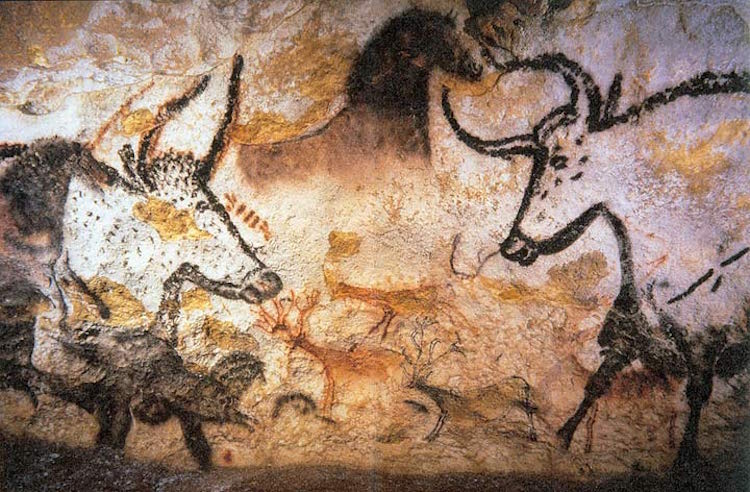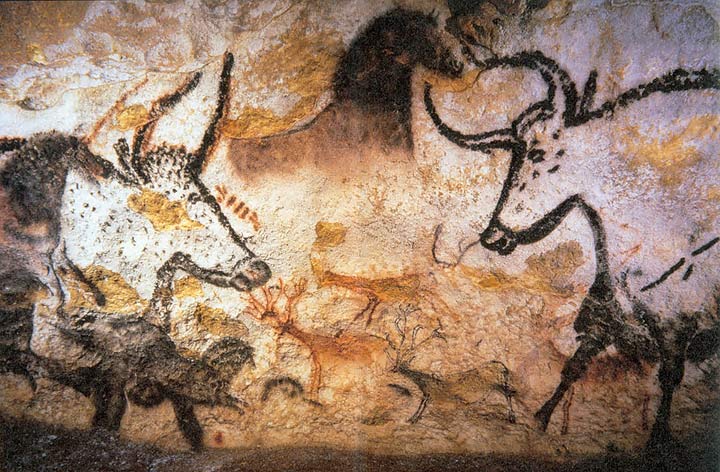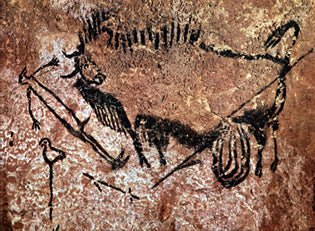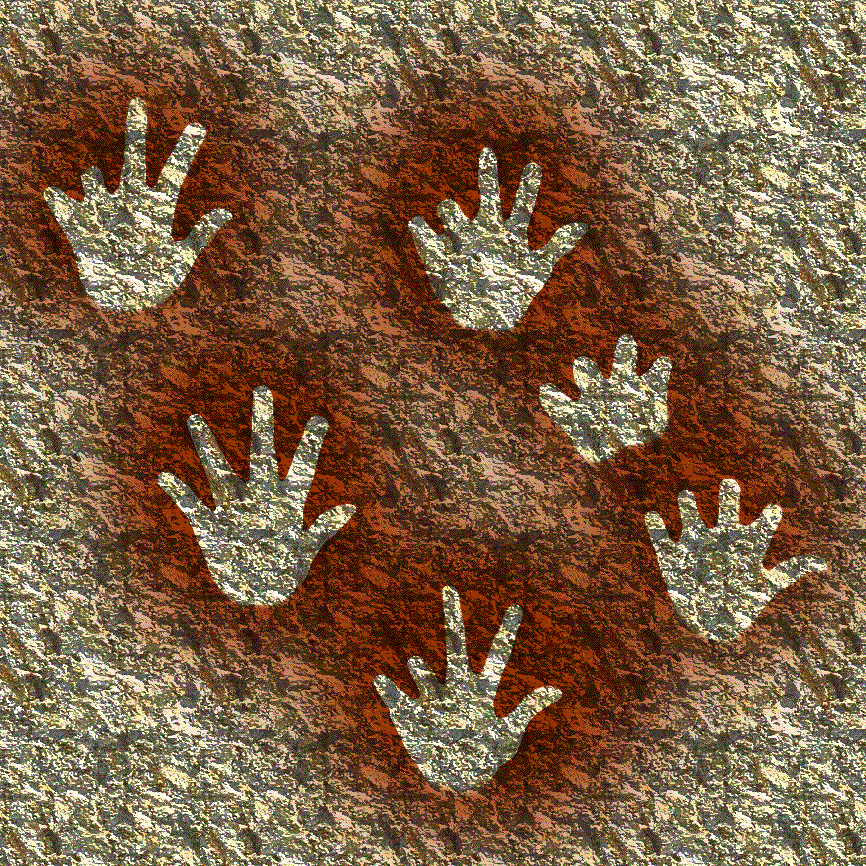
Cave Art
Era: From the dawn of time to writing...
Cave art refers to works created on the walls of caves and rock shelters, mainly during prehistory. This artistic movement, the first, needless to say, dates back around 40,000 years, with famous examples such as the caves of Lascaux in France and Altamira in Spain. Prehistoric artists used natural pigments such as ochre, charcoal and clay to create depictions of their surroundings and daily lives.
Main themes of cave art include animals such as bison, horses, deer and mammoths, as well as abstract symbols and human figures. These works are often interpreted as having ritual or magical significance, perhaps relating to hunting practices or spiritual beliefs.
The techniques employed vary, from rudimentary finger or brush drawing, to engraving and blowing pigments through tubes. Prehistoric artists showed an astonishing understanding of perspective and movement, despite the primitive tools at their disposal.
In summary, Cave art is a fascinating testimony to human creativity at the dawn of history, providing valuable insight into the beliefs and lifestyles of early human societies.
Remarkable Artwork

The Bull of Lascaux
Unknown Artist
Year of creation: -20,000 yrs
Estimated Market Value: N.A.
Original Format: N.A.

The Well of Lascaux
Unknown Artist
Year of creation: -20,000 yrs
Estimated Market Value: N.A.
Original Format: N.A.

